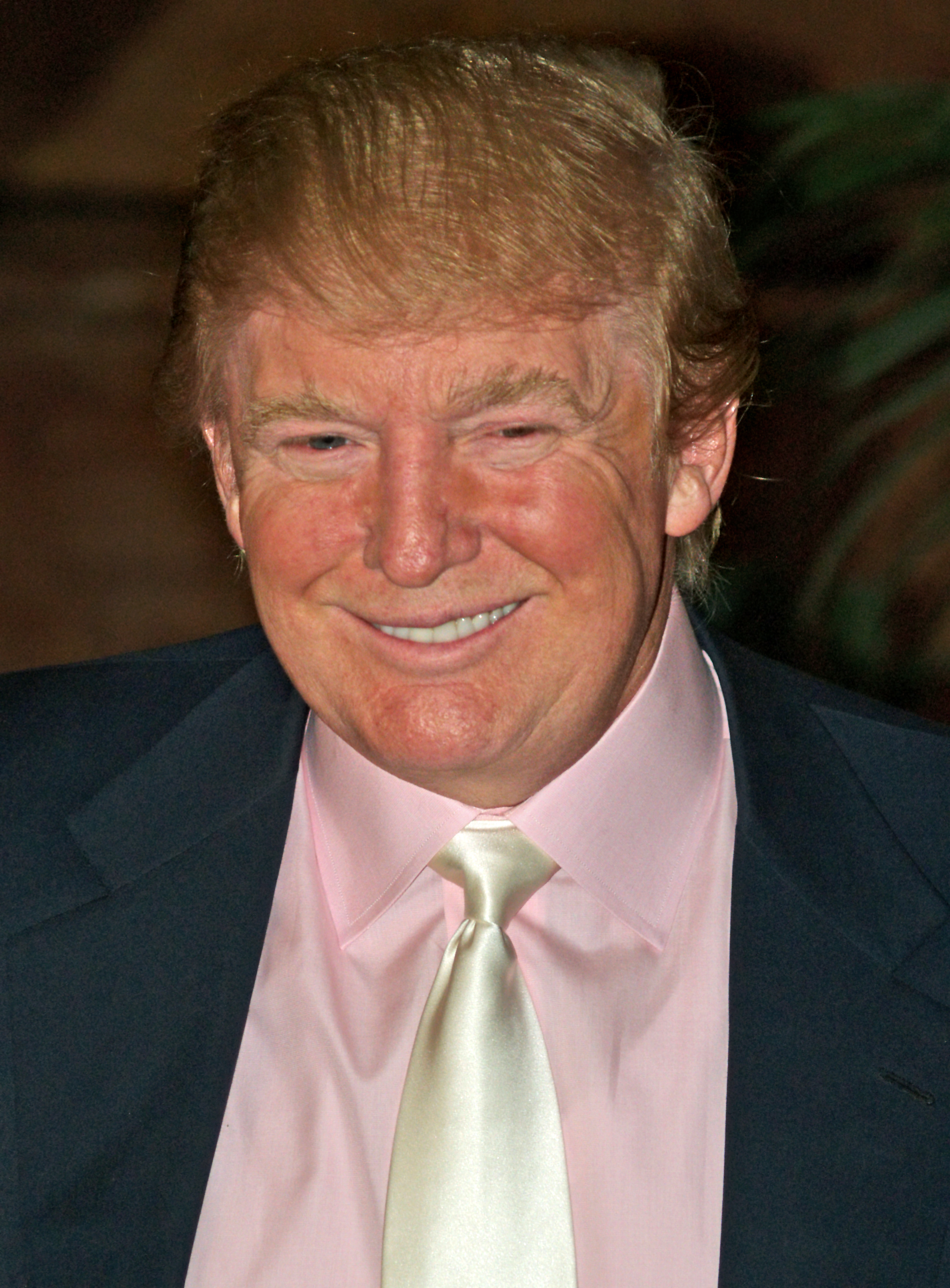
On August 30, 2017, the Reserve Bank of India (RBI), published its much-anticipated Annual Report. Up until last year, only journalists who covered the banking beat, economists and analysts, kept track of the RBI Annual Report.
But this year, many more people were interested. This was primarily because the Annual Report would finally reveal what portion of the demonetised Rs 500 and Rs 1,000 notes, made it back to the banks.
And why was this of interest? After demonetisation had been announced, many people including government ministers and several leading economists, had hoped that a large portion of the demonetised notes won’t come back to the banks. This was because those who had black money in the form of cash wouldn’t want to deposit it into banks, and reveal who they are to the government. In the process, a lot of black money held in the form of cash would be destroyed.
But nothing of that sort happened. The RBI Annual Report revealed that Rs 15.28 lakh crore of the Rs 15.44 lakh crore that was demonetised, made it back into the banks. This meant that nearly 99 per cent of demonetised notes made it back to the banks, and almost no black money was destroyed. Other than not achieving its major goal of destroying black money, demonetisation has also hurt India’s economic growth in general and manufacturing and industrial growth in particular, very badly.
After this, the government as expected has been offering multiple reasons in favour demonetisation. In a press release the ministry of finance offered this reason: “The fact that bulk of specified bank notes (SBNs) have come back to the Banking system shows that the banking system and the RBI were able to effectively respond to the challenge of collecting such a large number of SBNs in a limited time.”
What does this even mean? If paper money is made useless overnight, it is bound to come back to the banks. Where else will it go? Another reason offered to show demonetisation as a success is that Rs 3 lakh crore of the Rs 15.28 lakh crore that has come back is black money. No explanations have been offered on how the Rs 3 lakh crore number was arrived on.
But even if we assume that it is black money, the holders of this black money aren’t exactly waiting to hand it over to the government. They have access to chartered accountants as well as lawyers and are ready for a long-drawn battle, if needed.
The weak government spin on demonetisation has continued. The question is why? The answer lies in the fact that a section of the population is still buying this spin on the social media. As Evan Davis writes in Post Truth: “In social media, our disposition to believe things is something a form of bonding. Not only do we tend to reside in echo chambers online, but we actively enjoy becoming closer to our friends by sharing views and agreeing with them. The act of consenting to someone else’s beliefs, and have them consent to ours, is satisfying; and because it is so, it stops us questioning the nonsense that others post.”
This is one explanation for the rather weak defence of demonetisation that is still being put out by the government. Then there is the problem of the narrative, or the prevailing interpretation of a pattern of events. There is a section of population which really wants to believe that demonetisation worked. It’s their narrative.
As Evans writes: “Like-minded groups of individuals share a narrative about many things… These narratives are sometimes true, sometimes not, but they are often like stereotypes… Once embedded in our minds though, they can easily gain excessive traction and trample over truth as willing believers put too much weight on propositions that conform to their narrative without looking for evidence in support of them.”
And that explains why the weak spin on demonetisation is still going strong.
The column originally appeared in the Bangalore Mirror on September 20, 2017.



